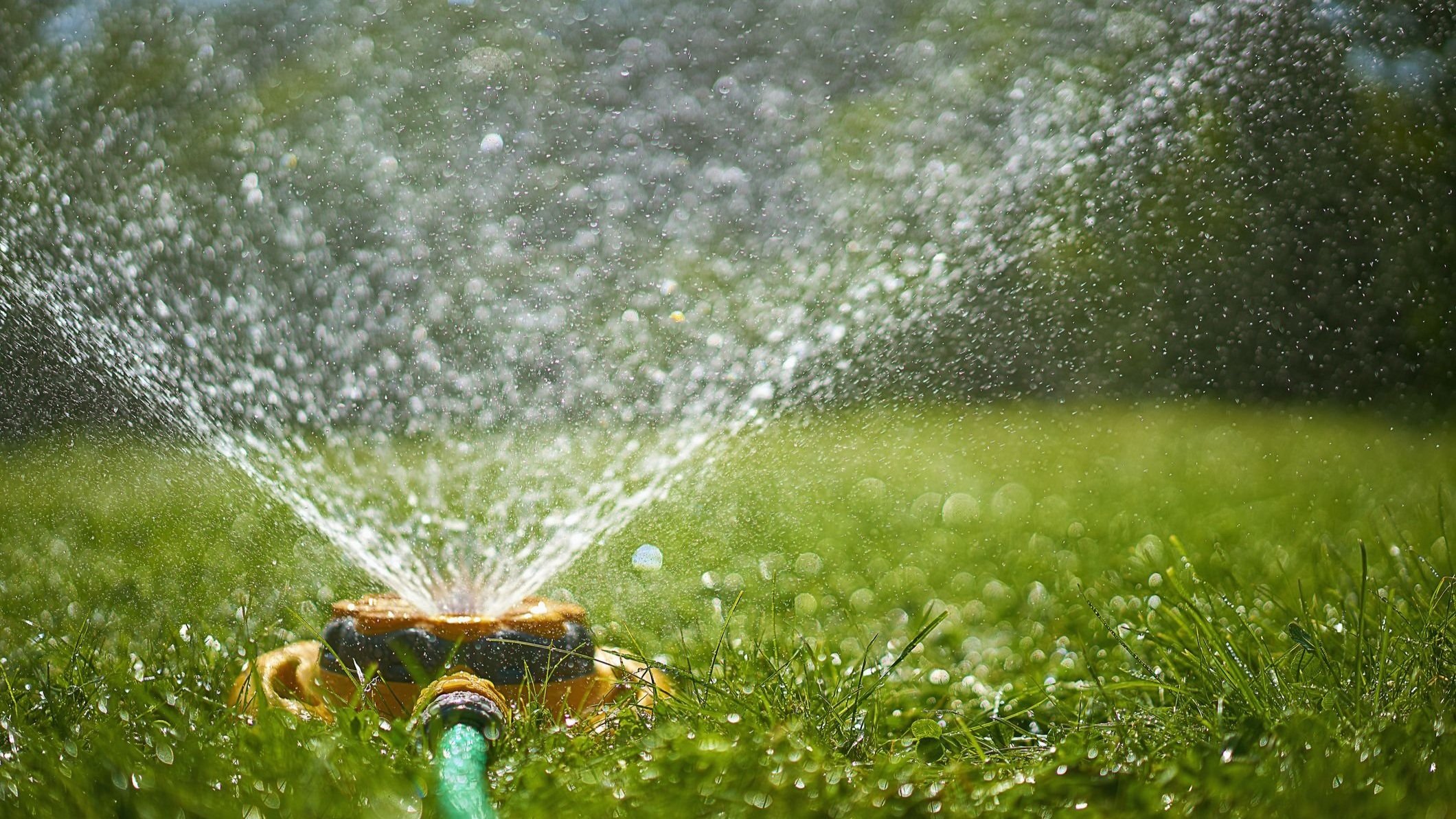Top Tips for a Great Lawn
Watering is one of the most important things you can do to keep your lawn looking amazing throughout the year, no matter the season. Maybe you've fallen behind or don't know where to start, but no worries! With our top-notch lawn care tips, you can be sure your lawn will be the envy of the neighborhood!
SEEDING YOUR LAWN
When your lawn is looking sad, with patches of dirt or bare spots scattered throughout, it can be discouraging that you can get your lawn back into shape. But no fear! Seeding is surprisingly easy and can make all the difference! Make sure to find the proper seed that matches your climate and find a good seeder within your budget!
After scattering the new seed on your lawn, make sure that the seeds are constantly kept damp, but not soggy, until the seedlings grow roots. When those seeds sprout, you need to make sure they are consistently watered so that you don't have to start all over! We recommend misting these seeds once or twice a day until they sprout. A heavy hose flow can wash the seeds away or even cause them to clump together. After the seeds sprout, keep watering once a day until the lawn is ready to mow!
WHEN TO WATER?
A good way to know if your lawn needs some water is by simply walking across it. If your footprints don't disappear quickly, it could be that the grass blades don't have enough moisture to spring back into place. You might think as long as you water your lawn sometime during the day, it should suffice, but the morning is actually the best time to water! In the morning, it's typically cooler and the winds aren't usually as strong, so water soaks into the soil and is absorbed by the roots much more efficiently. If you're only able to water in the evening, make sure you give your lawn enough time to dry before it gets dark. If your lawn doesn't dry in time, you have a much higher chance of disease showing up.
An important thing to remember is that you need to water your lawn year round, even in the winter. While we did mention to water your lawn daily when you're planting seeds, after the roots grab a hold of the soil and are ready to mow, it's better to water only 2 or 3 times a week so that your grass develops a deep root system.
HOW MUCH WATER TO USE?
It can be hard to know exactly how much water to use when watering your lawn, but a good rule of thumb is to water until the top 6 inches of soil are wet. Most lawns need an inch to an inch and a half of water a week, whether it be from rain or from watering so that you can get the soil wet enough.
How can you know if you've watered enough? Here are a couple things to pay attention to:
Check the soil: Check it every 15 minutes when you're initially watering your lawn by using a screwdriver or wooden chopstick. Pay attention to the time it takes to reach 6 inches, that's how long you'll water your lawn going forward.
Use the watering formula: An easy method, especially if you have a sprinkler system, is to follow this formula:
Sq. Ft. of Your Lawn x 0.62 Gallons/Sprinkler Flow Rate (available in your sprinkler manufacturer manual) = How Long to Run Your Sprinkler
Pay attention to over watering: Your lawn might not be absorbing water as quickly as it should, and you might find puddles throughout your lawn. When this happens, try watering in shorter cycles (10-15 minutes at a time) until you reach the time your lawn is telling you to water it, as per the formula.
TYPES OF WATERING METHODS
Depending on what you're able to afford or feel most comfortable using, there are several options to choose from to effectively water your lawn. Here are a few options to look into:
Hose-end sprinklers: Best for small and medium sized lawns, there are many variations of this type of sprinkler so choose the one that fits your needs best!
Pulsating sprinklers: These sprinklers are the ones that shoot water horizontally at high speeds. These are good for larger lawns, especially in windier areas.
In-ground sprinklers: The most efficient option for most lawn types as they spray the lawn very evenly. The lower to the ground and the more horizontally they spray, the better your results will be.
Smart watering systems: In the modern age, of course there are several smart watering systems available. Typically on the more expensive side, but are often the easiest to manage, a lot of the time being able to be controlled from your smart phone.
As you can see, there are many options available, so choose one that best fits your needs and budget!
Hopefully this article gave you some insight on the best practices to keep your lawn looking healthy and green, and perhaps it may not seem so intimidating anymore! Following these tips is your best bet to formulating good habits to take care of your lawn for years to come!



